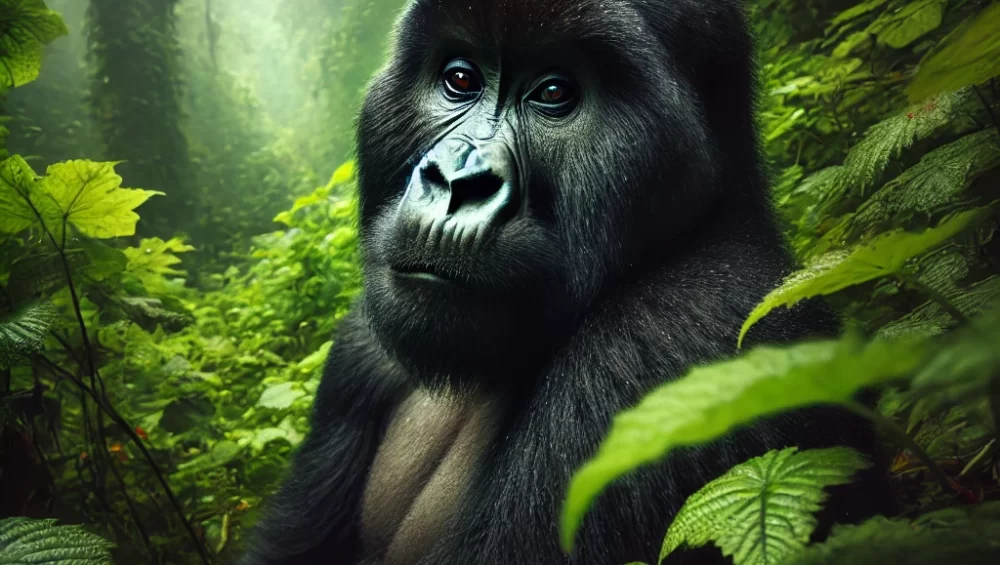Uganda’s Bwindi Impenetrable Forest is a realm of mystery and majesty, a verdant landscape that offers one of the most intimate wildlife encounters on the planet: face-to-face interaction with mountain gorillas. This ancient rainforest, a UNESCO World Heritage site, is home to nearly half of the world’s remaining mountain gorillas, making it a pivotal site for conservation and an unforgettable destination for ecotourism. Here’s what makes a journey through Bwindi not just a trip, but a transformative expedition.
1. The Thrill of Gorilla Trekking
The main draw to Bwindi is undoubtedly the opportunity to trek through its dense underbrush in search of mountain gorillas. This experience allows small groups of visitors to spend an hour observing these magnificent creatures in their natural habitat. The trek itself is a challenging and thrilling adventure, navigating through steep, muddy paths and thick foliage. The moment you spot a gorilla family lounging or foraging in the forest clearing, all the effort becomes infinitely worthwhile.
2. A Close Encounter Like No Other
Gorilla trekking in Bwindi offers an unprecedented level of wildlife interaction. Unlike any zoo or sanctuary experience, in Bwindi, humans are the outsiders stepping into the natural world of these gentle giants, observing their daily routines and subtle family interactions. Witnessing baby gorillas at play, mothers nurturing their young, and silverbacks maintaining order is profoundly moving and highlights the poignant connection between them and us.
3. Conservation at Its Core
Visiting Bwindi isn’t just about the thrill of the encounter; it’s also a participatory act in conservation. The funds from trekking permits contribute directly to the protection of gorillas and the welfare of the local community. This sustainable tourism model has helped to increase the gorilla population over the years, a rare conservation success story.
4. Engagement with Local Communities
The experience extends beyond the forest. The Batwa, an indigenous group originally forest dwellers, offer cultural tours that showcase their traditional ways of living, crafts, and performances. Engaging with them provides insight into the human history of Bwindi and the changes brought about by conservation efforts. These cultural exchanges are crucial for fostering understanding and respect between visitors and local communities.
5. Biodiversity Beyond Gorillas
While the gorillas are the stars of the show, Bwindi’s biodiversity is astounding. The forest is home to numerous other species, including chimpanzees, monkeys, rare birds, and butterflies. Hiking trails offer opportunities to spot these other forest residents and to appreciate the lush flora that makes Bwindi a botanist’s paradise.


